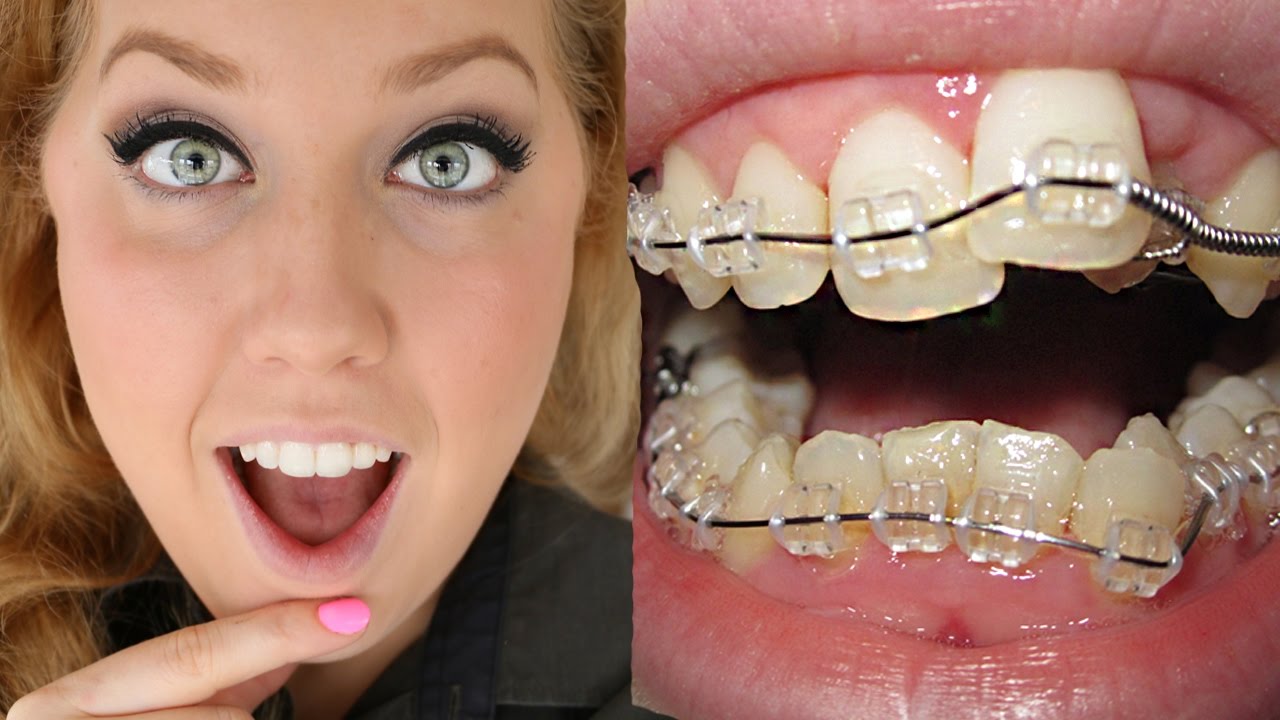Orthodontics Services in Vasant Kunj Vasant Vihar Delhi

Orthodontics:
Very few people have straight teeth that line up together. Most of us have crooked teeth that don't fit together properly, and crooked teeth can affect your bite. But, you need not worry as you can easily align your teeth and correct your bite with the help of the right orthodontic treatment. Orthodontic Treatment in India is very common and safe. Scroll our website to know more about Orthodontics and learn how Matrix Dental Clinic performs affordable orthodontic treatment in Vasant Vihar and Vasant Kunj.
What Is Orthodontics?
Orthodontics is a branch of dental science that addresses the problem of misaligned teeth, its prevention, interception, guidance, and correction of bad bites or dental irregularities, including the use of braces.
A dental specialist known as an orthodontist is the person to consult for your orthodontic problems.
Benefits
Generally, we think that straightening our teeth only has appearance benefits, but that is not true. Crooked teeth can be difficult to clean, which can lead to tooth decay or other dental issues. Teeth that don't fit correctly can make it harder to chew, which adversely affects your health, leading to headaches, and shoulder or back pain. Contact us to know more about the benefits of orthodontic treatment in Vasant Kunj.
How Do Orthodontic Treatments Work?
Orthodontic treatments involve different types of accessories used to retrain muscles, slowly move teeth, and affect your jaw's growth by putting gentle pressure on your teeth and jaw.
Fixed vs Removable Accessories
Orthodontic treatments could involve fixed or removable accessories. Depending on how severe your situation is, your orthodontist will guide you about which method is the right one for you.
Fixed appliances include:
- Braces – You've most likely heard of braces – they're the most popular fixed appliance. They consist of bands, wires, and brackets. How do they work? The bands are the anchors held around your teeth, while brackets are attached to the front of your teeth. Arch wires connect the brackets to the bands. Tightening the archwires puts pressure on your teeth, through which slowly and gradually, teeth move towards their target position. Braces are generally adjusted by the dentist monthly and are worn for a few months to a few years.
- Special fixed appliances: These should only be used when no other method works for thumb-sucking. As they are attached to the teeth by bands, they feel quite uncomfortable while eating.
- Fixed space maintainers: Sometimes, children lose their teeth prematurely. In such situations, an orthodontist might place a space maintainer in your child's mouth to keep the space open until a permanent tooth appears.
Removable appliances include:
- Aligners: These are increasingly becoming a popular option for traditional braces for adults. Aligners move teeth in the same way as braces, but they are almost invisible and don't involve metal wires and brackets. You need to remove them while eating, brushing, and flossing.
- Removable space maintainers: These devices are used for the same reason as fixed space maintainers and are made up of plastic or wire branches and an acrylic base that fits over the jaw. They're placed in open spaces between teeth to keep them apart.
- Jaw repositioning appliances: These appliances are also known as splints and are placed either on the top or lower jaw and are used to treat disorders by training the jaw to close in a better position.
- Lip and cheek bumpers: If your lip and cheek muscles put pressure on your teeth, you can use bumpers to keep your lips and cheeks away from the teeth.
- Palatal expander: This device is a plastic plate that fits over the roof of the mouth and is commonly used when the arch of your upper jaw needs to be widened.
- Removable retainers – These devices, worn on the roof of the mouth, prevent your teeth from shifting back to their previous incorrect position.
- Headgear: These devices slow down the upper jaw's growth and hold the back teeth in place while the front teeth are pulled back.
Do you need Orthodontic Treatment?
Here are some situations with your teeth that may require orthodontics:
- Overbite: In this case, the upper front teeth seem to stick out over the lower teeth.
- Underbite: Here, the lower teeth may seem too far forward, while the upper teeth are set too far back.
- Crossbite: You know you have a crossbite when your upper teeth fit behind your lower teeth when your mouth is closed and causes great discomfort.
- Open bite: Some people have a vertical gap between the front lower and upper teeth when biting down which is called an open bite.
- Misplaced midline: Here, the centre of your upper and lower front teeth doesn’t line up.
- Spacing: In this case, your teeth don't seem to fill up your mouth, and random gaps or spaces appear between teeth.
- Crowding:This is what happens when the dental ridge in your mouth doesn't have space for all your teeth
Only your orthodontist can correctly suggest which orthodontic treatment is right for you. Using diagnostic tools such as clinical exams, plastic models of your teeth, and X-rays, your orthodontist will plan a treatment that works for you and your teeth.
While making plans for orthodontic treatment in Delhi, our dentists pensively evaluate every requirement.
So, visit Matrix Dental Clinic, Vasant Vihar, New Delhi for braces and aligners as we have the best orthodontist in Delhi, NCR. From us, avail the best services of orthodontic treatment near Bhikaji Cama Place, New Delhi at affordable prices and also give the best cost for ceramic braces in South Delhi.